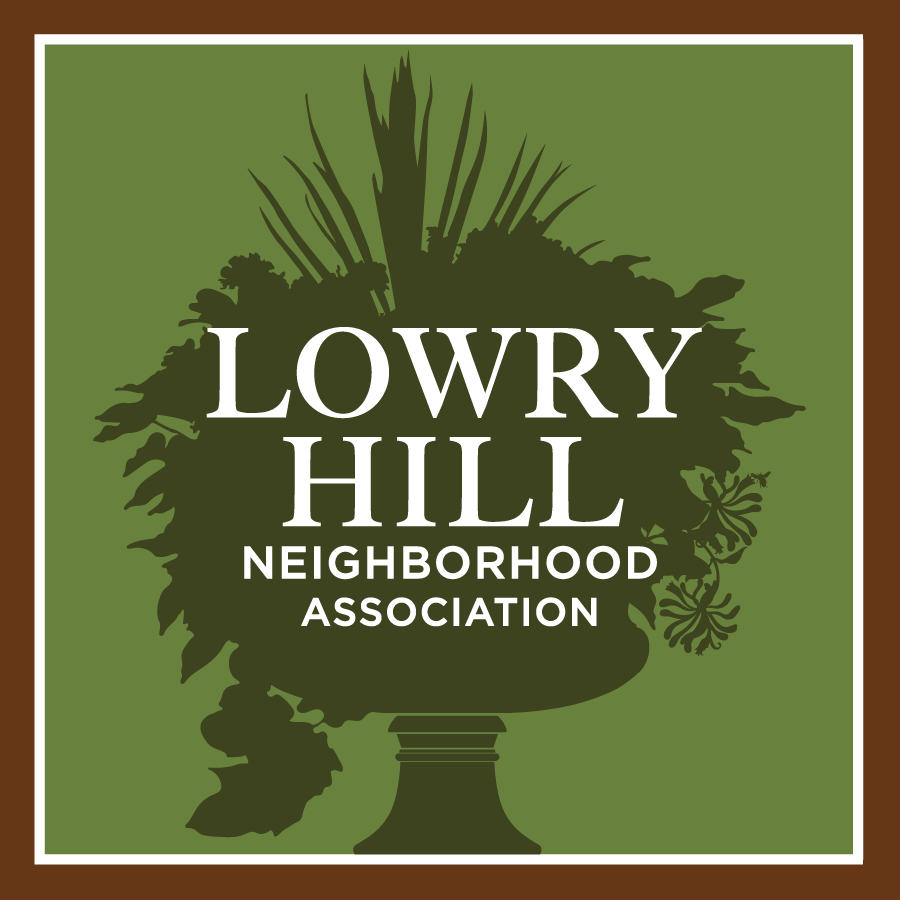MDA to Fight Gypsy Moth in Lowry Hill on Wed., May 16th
St. Paul, MN: The Minnesota Department of Agriculture (MDA) is planning to treat a portion of the Lowry Hill and Kenwood neighborhoods in Minneapolis to eradicate a gypsy moth infestation detected last year. Officials plan to conduct the treatments on Wednesday, May 16, starting as early as 5:45 a.m. This is dependent on weather conditions at the time.
In 2017, the MDA was contacted by a resident in the neighborhood who suspected a gypsy moth infestation after he noticed caterpillars on trees. MDA staff then conducted a survey and found thousands of caterpillars and hundreds of egg masses. One egg mass can contain up to 500 gypsy moth eggs.
To eradicate the moths before they spread, officials will conduct three aerial applications of Bacillus thuringiensis var. kurstaki (Btk) over the same area 5-7 days apart.
Btk is a U.S. Environmental Protection Agency-approved bacterium with very low risk for humans or animals other than caterpillars. Btk is widely used within the organic gardening community. Over the years, MDA has eradicated gypsy moth infestations on thousands of acres across the state using this method. These efforts protect forest health, property values, and the state’s tourism industry.
Gypsy moths are among America’s most destructive tree pests, having caused millions of dollars in damage to Eastern forests. The moths are now threatening Minnesota. If present in large numbers, gypsy moth caterpillars can defoliate large sections of forest. Oak, crabapple, birch and willow are among their preferred hosts. The moths spread slowly on their own, but people can unintentionally help them spread by transporting firewood or other items on which the moths have laid their eggs.
To help area citizens stay informed, the MDA has set up an Arrest the Pest Info Line at 1-888-545-MOTH. The info line will offer the latest details about treatment dates and times. The MDA’s website (www.mda.state.mn.us/gmtreatments) also has information about gypsy moths and control efforts, and residents can sign up for email updates about treatment progress. Finally, the MDA offers the following tips to residents in the treatment area:
- For the moth treatment to work, it must begin early in the morning. Wednesday’s treatment may begin as early as 5:45 a.m. Residents may be awakened on that day by the noise of the low-flying aircraft. The MDA apologizes for any inconvenience;
- The treatment product has no known health effects for humans, but to avoid it residents may wish to stay indoors during the treatment and keep windows closed until a half hour after application; and,
- The residue does not cause damage to outdoor surfaces. However, soapy water will remove any residue on outdoor items.
Details of treatment area:
The area runs approximately from Interstate 394 on the north to West 22nd Street on the south, and Penn Avenue on the west to Lyndale and Hennepin avenues on the east (SEE MAP). Details of the area can be found at www.mda.state.mn.us/gmtreatments.
###
Contact
Allen Sommerfeld, MDA Communications
651-201-6185
allen.sommerfeld@state.mn.us
